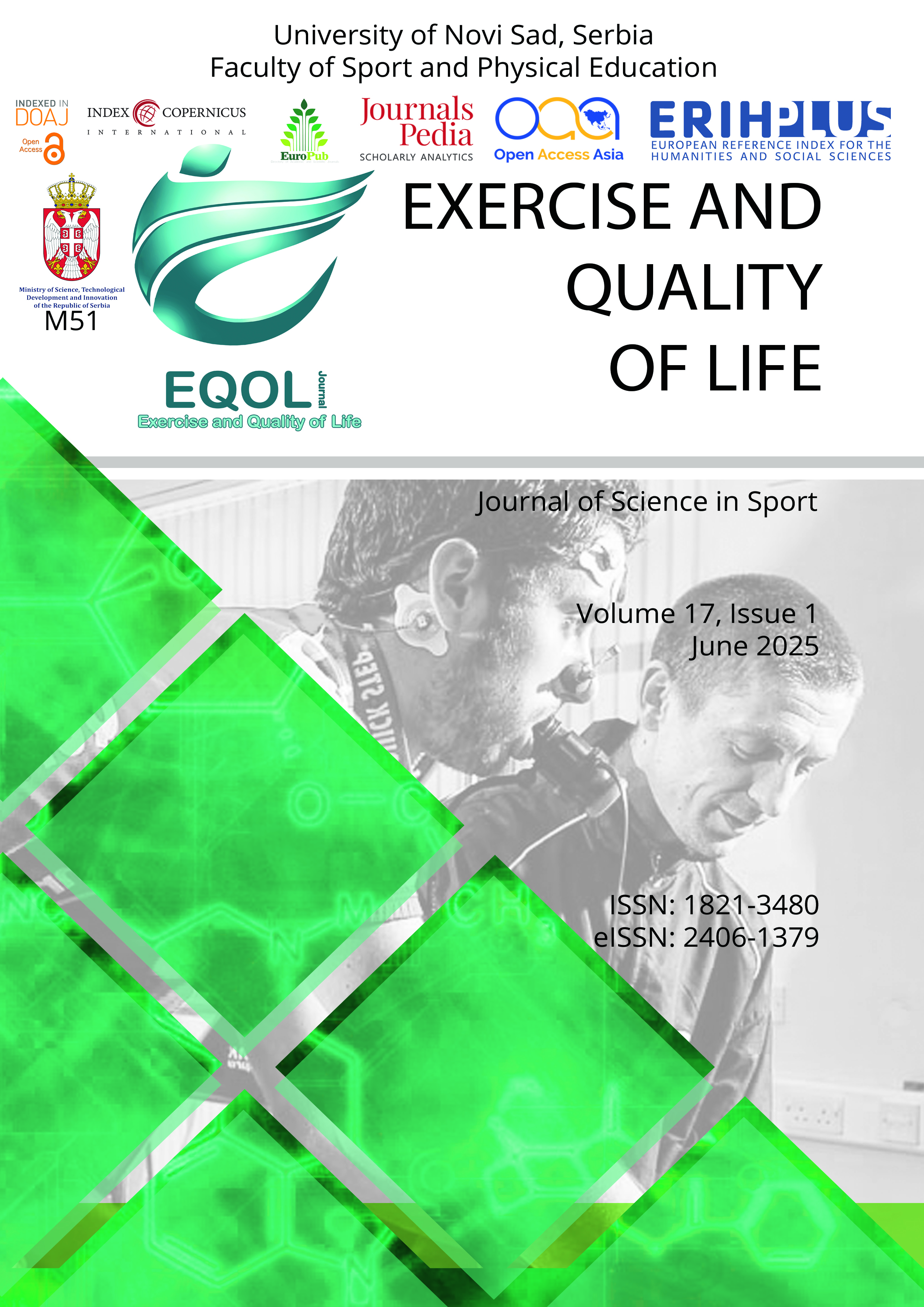Current issue

Volume 17, Issue 1, 2025
Online ISSN: 2406-1379
ISSN: 1821-3480
Volume 17 , Issue 1, (2025)
Published: 15.06.2025.
Open Access
All issues
Contents
15.06.2024.
Review scientific paper
Discrepancies in the prevalence, risk factors, diagnosis, and treatment of stress fractures between long-distance runners and sprinters: A qualitative review of systematic reviews
This qualitative review of systematic reviews consolidates current knowledge on stress fractures among endurance athletes and sprinters, including epidemiology, risk factors, diagnosis, and treatment strategies. A search across PubMed, Web of Science, SCOPUS, Science Direct, and Google Scholar, limiting results to articles published within the last year, yielded 90 relevant articles. Initial search results were narrowed down to 56 articles following abstract screening, with an additional article obtained through direct author correspondence. Stress fractures, a subset of bone stress injuries, result from persistent mechanical pressure surpassing bone regeneration capacity. They predominantly affect lower extremities, notably the tibia and metatarsals in endurance runners, and the toe phalanx in sprinters. Various risk factors contribute to stress fracture susceptibility, including gender, nutritional deficiencies, biomechanical factors, and psychological aspects like perfectionism and fear of failure. Diagnosis involves detailed patient history, clinical examination, and imaging modalities such as MRI, which remains the gold standard. Treatment emphasizes rest, gradual return to activity, and addressing underlying risk factors. Surgical intervention is reserved for high-risk fractures or cases of non-union. Preventive measures encompass nutritional optimization, biomechanical assessment, appropriate footwear, and psychological support. Notably, strategies targeting the Female Athlete Triad and ensuring adequate energy availability are crucial in both endurance and sprinting athletes. While more research directly comparing distance runners to sprinters is warranted, along with more sprinting-related research in general, this review provides a comprehensive understanding of stress fractures in endurance athletes and sprinters, aiding clinicians in diagnosis, management, and prevention strategies to optimize athlete health and performance.
Noah Emil Glisik, Matjaž Frangež























